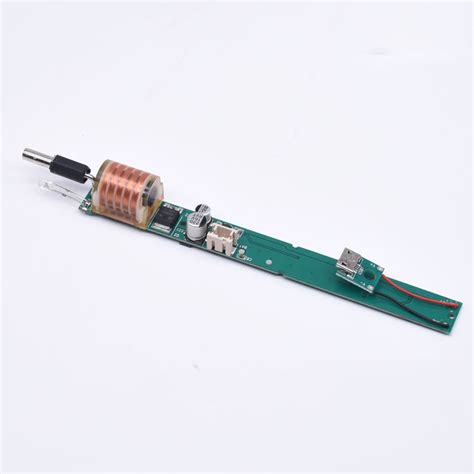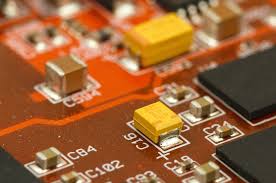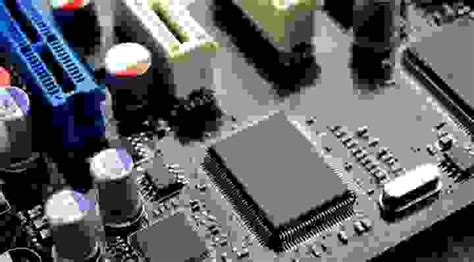Trends in Assembled Circuit Board Production and Design

Key Takeaways
The landscape of pcb assembly has evolved significantly in recent years, with several pivotal trends shaping its production and design. One of the most noteworthy advancements is the integration of automation within the pcba process. Automation not only enhances efficiency but also minimizes human error, resulting in a higher quality of assembled circuit boards. Moreover, this shift supports faster production cycles, aligning with the increasing demand for rapid delivery.
Additionally, sustainability practices are gaining traction in circuit board production. Manufacturers are increasingly adopting eco-friendly materials and processes designed to reduce waste and environmental impact. The trend towards green manufacturing not only addresses regulatory requirements but also appeals to environmentally conscious consumers.
A crucial element of modern design is the focus on flexibility and customization. Today’s market requires circuit boards that can be tailored to specific applications, which leads to a greater emphasis on design innovation. This adaptability helps manufacturers stand out in a competitive landscape by offering unique solutions to complex problems.
To visualize these trends, consider the following table:
| Trend | Description |
|---|---|
| Automation | Streamlining production through robotic technology |
| Sustainability | Using eco-friendly materials and processes |
| Design Flexibility | Customizing designs for targeted applications |
"The future of pcba lies in its ability to adapt and innovate continually," emphasizes industry expert John Doe.
As we continue to navigate advancements in technology and sustainability, staying informed about these trends is crucial for professionals and companies involved in the assembled circuit board industry.
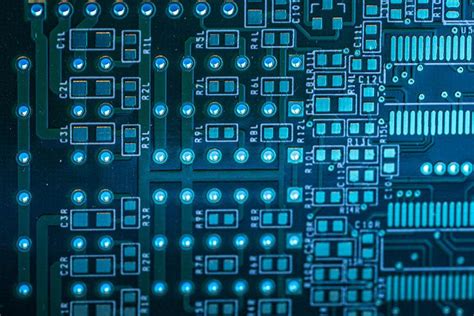
Current Innovations in Assembled Circuit Board Design
The landscape of assembled circuit board (pcb assembly) design is rapidly evolving, bolstered by innovations that enhance both functionality and efficiency. A significant trend is the integration of smart technology, which allows for the creation of intelligent PCBs capable of self-monitoring and diagnostics. This shift not only improves operational reliability but also reduces the need for external testing devices, streamlining the overall process. As manufacturers embrace modular designs, they facilitate customization which is crucial for meeting the diverse demands of various industries. Furthermore, advancements in materials science have led to the development of lighter yet more durable substances, supporting higher performance levels while optimizing thermal management and reducing energy consumption. The rise of additive manufacturing methods, such as 3D printing, is also making waves in pcba practices, enabling rapid prototyping and reduced production times, which are essential in today’s fast-paced market. As sustainability becomes increasingly central to design protocols, incorporating recyclable and lower-impact materials into circuit board production is now a priority. These innovations collectively reflect a dynamic landscape where technological advancement meets environmental responsibility, setting a new standard for the future trajectory of assembled circuit board design.
Sustainability Practices in Circuit Board Production
In recent years, there has been a significant shift towards sustainability in pcb assembly and production processes. Companies are increasingly adopting environmentally friendly practices to minimize their ecological footprint. One key area of focus is the use of recyclable materials within the pcba manufacturing process. By sourcing materials that can be easily recycled, manufacturers can contribute to a circular economy and reduce the amount of electronic waste. Furthermore, advancements in technology have enabled the development of low-impact soldering techniques, which use less energy and harmful substances than traditional methods.
Additionally, many manufacturers are turning to renewable energy sources to power their production facilities. This not only reduces reliance on fossil fuels but also enhances the overall sustainability profile of pcb assembly operations. Companies that adopt these practices not only benefit from reduced operating costs but also positively impact their brand image by appealing to environmentally conscious consumers.
Moreover, innovations such as bio-based substrates are gaining traction in the industry. These materials are derived from natural sources and pose minimal environmental harm compared to synthetic options. The integration of such sustainable alternatives reflects a growing awareness of environmental responsibility among manufacturers.
In conclusion, embracing sustainability practices in the circuit board production industry is not merely a trend; it is becoming a fundamental aspect of successful operations. As technology continues to evolve, we can expect further enhancements in sustainable methodologies within pcba, paving the way for more efficient and eco-friendly manufacturing processes overall.
Emerging Technologies Shaping the Circuit Board Industry
In the rapidly evolving world of pcb assembly, several innovative technologies are significantly influencing the design and production of pcba. One prominent development includes the integration of advanced flexible circuit boards, which allow for greater adaptability in electronic devices. These circuits can be bent or flexed, offering designers new opportunities for compact applications while maintaining high performance. Additionally, 3D printing has emerged as a revolutionary method in the production process, providing manufacturers with the ability to create intricate designs with less waste and reduced lead times.
Another noteworthy advancement is the incorporation of artificial intelligence (AI) in testing procedures, which enhances quality control and reduces errors during fabrication. By employing AI algorithms, manufacturers can predict potential failures, thus streamlining their pcb assembly processes and ensuring more reliable end products. Moreover, the adoption of automation technologies helps optimize production lines, resulting in increased efficiency and lower operational costs.
Furthermore, innovations in material science play a vital role in shaping assembled circuit boards; materials that are lighter yet more durable are now being utilized to meet stringent performance requirements while promoting sustainability. These enhancements enable the use of materials designed for higher frequencies and improved thermal conductivity, which are crucial for modern electronic applications.
Overall, as pcba continues to advance through these emerging technologies, industries will benefit from improved capabilities that support both innovation and sustainability in circuit board design and production processes.
Efficient Manufacturing Techniques for Assembled Circuit Boards
In the realm of pcb assembly and pcba, the evolution of manufacturing techniques plays a crucial role in improving overall productivity and quality. One notable advancement is the integration of automated processes, which has drastically reduced human error and enhanced precision in assembly. Techniques such as surface mount technology (SMT) have become increasingly prevalent, allowing for a greater density of components to be placed on circuit boards while minimizing space requirements. Additionally, the adoption of robotic arms and smart machinery facilitates higher throughput rates, enabling manufacturers to meet growing demands without compromising quality.
Moreover, the incorporation of precision soldering techniques, such as laser soldering and reflow soldering, ensures robust connections while simultaneously decreasing cycle times. These methods not only enhance reliability but also contribute to a more efficient workflow overall. Another trend gaining traction is the implementation of Design for Manufacturing (DFM) principles, which encourage designers to create layouts that simplify the assembly process while optimizing material usage. This shift towards more thoughtful design not only boosts efficiency but also aligns with modern sustainability practices by reducing waste during production.
As manufacturers continue to explore innovative solutions in pcb assembly, the focus remains on balancing efficiency with quality output. By embracing these advanced manufacturing techniques, companies can elevate their production capabilities and maintain a competitive edge in an ever-evolving industry landscape.
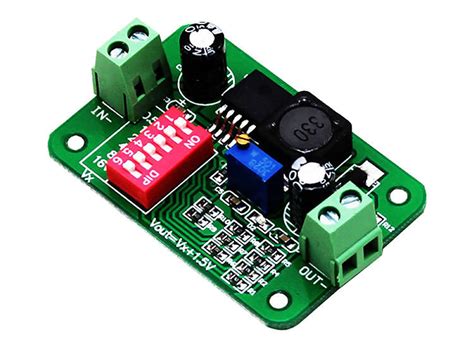
Impact of Automation on Circuit Board Production
The role of automation in the production of assembled circuit boards (PCB assembly) has become increasingly significant as manufacturers strive for efficiency and cost-effectiveness. Automation technologies, such as robotics and intelligent assembly systems, enable streamlined workflows, reducing the need for manual labor and minimizing human error. This shift towards automated processes not only enhances precision in pcba but also accelerates the overall production speed. As a result, manufacturers can respond more rapidly to market demands and adapt to changing customer specifications. Moreover, the integration of automation facilitates the implementation of advanced monitoring systems that provide real-time data on production performance, allowing for timely adjustments and improvements. This data-driven approach not only aids in maintaining quality standards but also contributes to sustainability efforts by optimizing resource use and reducing waste during the pcb assembly process. Overall, automation stands at the forefront of innovation in circuit board production, driving advancements that align with current industry needs while paving the way for future developments.
Trends in PCB Material Selection and Usage
The selection of materials for printed circuit boards (PCBs) has seen significant evolution, driven by the demands for enhanced performance, durability, and sustainability in the industry. One prominent trend is the increasing use of high-frequency materials, which help facilitate better signal integrity and support the advancement of emerging technologies such as 5G. The shift towards flexible circuit boards is also notable, allowing manufacturers to create more complex shapes and designs without compromising functionality. In conjunction with this, there has been a growing emphasis on eco-friendly materials in pcb assembly processes, as companies are striving to minimize environmental impact and adhere to stringent regulations. The demand for lead-free soldering materials continues to rise, showcasing the industry’s commitment to sustainability while maintaining performance standards.
Moreover, advances in material sciences have paved the way for newer composites that offer improved thermal characteristics—a crucial factor in high-performance applications. The use of materials like polyimide and FR-4 continues to dominate due to their excellent insulating properties and versatility. Additionally, innovative surface finishes such as final solder mask or electroless nickel immersion gold (ENIG) provide enhanced protection against corrosion while ensuring solderability during manufacturing.
Ultimately, trends in material selection are not only influencing production techniques but are also forging a path toward more sustainable practices within the realm of pcba operations. This intersection of technology innovation and material science is setting a new standard for quality and efficiency in circuit board manufacturing.
Design Flexibility and Customization in Modern Circuit Boards
The landscape of pcb assembly has evolved to prioritize design flexibility and customization, reflecting the diverse needs of various industries. Modern pcb assembly processes allow for intricate designs that are tailored to specific functionalities, enabling manufacturers to produce circuit boards that meet precise technical requirements. This adaptability is particularly critical as electronic devices become increasingly sophisticated, often requiring unique configurations and layouts that traditional methods may not accommodate.
Moreover, technological advancements have introduced new materials and fabrication techniques that further enhance customization options. For instance, the use of flexible substrates allows designers to create pcba solutions for unconventional shapes and sizes, which are vital in applications ranging from wearables to aerospace components. The ability to easily modify designs also streamlines the prototyping phase, allowing for quicker iterations and reducing time-to-market for new products.
In addition to materials innovation, advancements in software design tools play a significant role in enhancing customization capabilities. Sophisticated simulation software enables engineers to visualize their designs in 3D, assess their performance under various conditions, and make informed adjustments before the actual pcb assembly process begins. This not only improves accuracy but also minimizes waste by ensuring that only optimized designs proceed to manufacture.
Overall, the emphasis on pcba flexibility reflects a broader industry trend toward more personalized electronic solutions. As consumer expectations rise for tailored technology experiences, the ability to innovate rapidly while maintaining high standards in quality and functionality is what sets modern circuit board design apart.
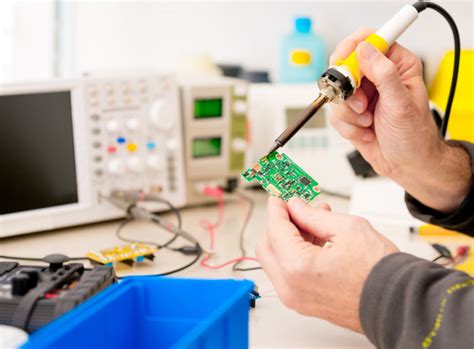
Future Directions for Assembled Circuit Board Development
As the landscape of PCB assembly continues to evolve, several future directions are shaping the PCBA sector. A significant focus is being placed on enhancing automation and robotics in the production line. This not only boosts efficiency but also improves precision in the assembly process, thereby reducing defects and waste. Additionally, the advent of smart manufacturing technologies is promoting real-time data analytics that enhance decision-making and operational performance. Another pivotal trend is the shift towards more sustainable practices within circuit board design. Manufacturers are exploring materials that are biodegradable or recyclable, significantly reducing the environmental impact of assembled circuit boards.
Moreover, there’s an increasing demand for design flexibility in PCBA to cater to customizable solutions for various industries, from healthcare to consumer electronics. As devices become more compact and complex, integrating multi-functional components into smaller footprints presents both challenges and opportunities for engineers. The role of advanced simulation tools is also gaining prominence as they allow designers to predict performance outcomes under a variety of conditions before physical prototypes are produced.
In parallel, advancements in materials science are fostering better thermal management solutions and electrical performance in assembled circuit boards. Innovations like embedded components or flexible substrates not only enhance functionality but also promote a sleeker design aesthetic that aligns with modern consumer preferences. Overall, these trends indicate a robust future for PCBA, driven by continuous innovation and an unwavering commitment to improving production processes while addressing sustainability challenges.
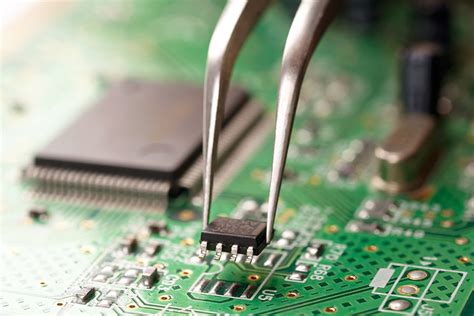
Conclusion
The evolution of pcb assembly techniques reflects a dynamic and rapidly advancing industry focused on both innovation and sustainability. As manufacturers embrace new methodologies, there has been a noticeable shift towards refining the pcba process to enhance both quality and efficiency. With advancements in automated systems, the accuracy and speed of production have significantly improved, significantly reducing waste while ensuring high-quality output. Moreover, the emphasis on sustainable practices is shaping the way materials are sourced and utilized; recyclable materials are increasingly becoming standard in production, aligning with global environmental goals. The integration of emerging technologies, such as artificial intelligence and machine learning, is further revolutionizing design processes by enabling greater flexibility and customization within circuit boards. This adaptability not only meets diverse client demands but also facilitates quicker responses to market changes. As the industry continues to innovate, staying abreast of these trends will be essential for stakeholders looking to maintain a competitive edge in the vibrant landscape of assembled circuit board production.
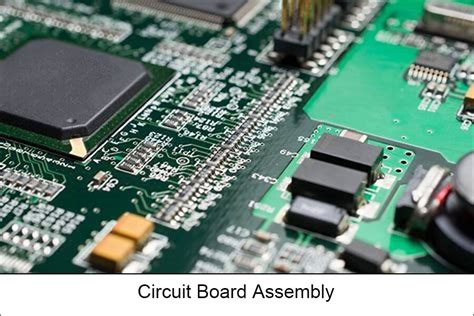
FAQs
What is pcb assembly?
PCB assembly, often abbreviated as PCBA, refers to the process of assembling various electronic components onto a printed circuit board. This includes soldering the components to the board to create a functioning electronic circuit.
What are the latest trends in pcb assembly?
Recent trends in pcb assembly include the integration of automation technologies, which enhance manufacturing efficiency, and the use of advanced materials that improve performance while also promoting sustainability in production practices.
How does automation impact pcba processes?
Automation significantly impacts PCBA by streamlining production lines. It allows for faster assembly times, reduced labor costs, and increased accuracy, which ultimately leads to higher-quality assembled circuit boards.
What sustainability practices are being adopted in circuit board production?
Sustainability practices in circuit board production involve the use of eco-friendly materials, energy-efficient manufacturing methods, and recycling initiatives for electronic waste. These practices not only minimize environmental impact but also align with consumer demand for greener products.
Can I customize my pcba design?
Yes! Many manufacturers now offer extensive customization options for pcba design. This includes alterations to layout, size, and component specifications to meet specific project needs while accommodating unique design requirements.


